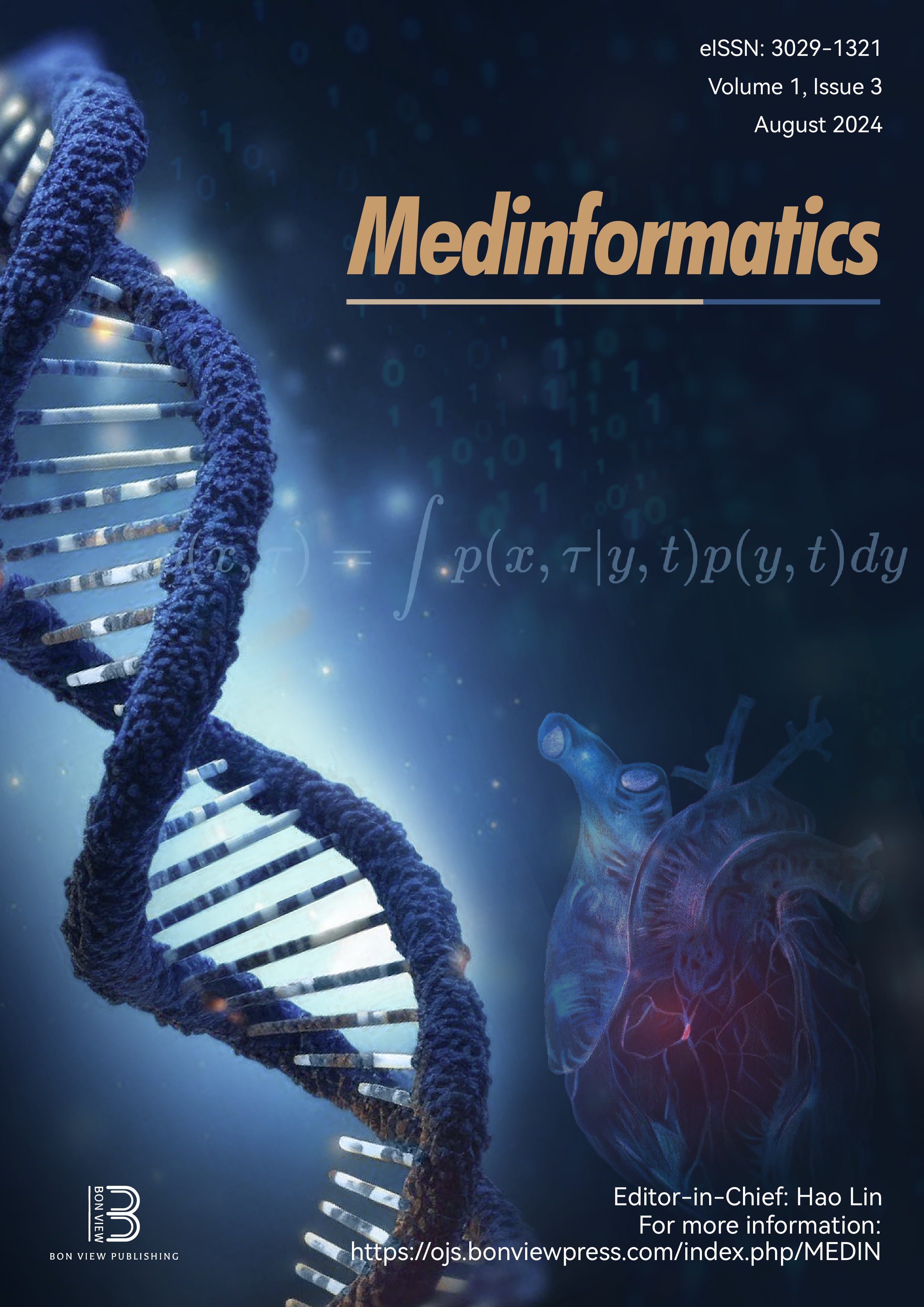Exploring Disrupted Gene Networks in Human 22q11.2 Microdeletion
DOI:
https://doi.org/10.47852/bonviewMEDIN42022652Keywords:
DiGeorge syndrome, SD22q11, velocardiofacial syndrome, conotruncal anomaly face syndrome, systems biologyAbstract
Several deletions are observed at the 22q11 locus and are responsible for 22q11.2 deletion syndrome (22q11DS), also known as DiGeorge syndrome, conotruncal anomaly face syndrome, or velocardiofacial syndrome. These microdeletions on human chromosome 22 range from 0.7 to 3 Mb. Many genes are affected by 22q11.2 deletion. However, despite the well-established clinical signs for the diagnosis of 22q11.2 deletion syndrome, the interactome background of 22q11.2 deletion syndrome is unknown. Here, we analyzed protein–protein interaction networks (PPIs) to assess the influences of 3 Mb 22q11.2 deletion on this network. We compared the general human PPI network against a network without 48 genes of the 3 Mb 22q11.2 locus in a homozygous condition: we compared topological metrics, enrichment of gene ontology terms, community assignments, and edge rewiring. The PPI networks revealed that this deletion affected the relevance of hundreds of non-deleted genes. Additionally, this 22q11.2 deletion induces intense rewiring of subnetworks, promoting an accumulation of proteins associated with DiGeorge clinical signs (CTCF, YY1, TFAP2A, PPARG, PAX6, RAX, and E2F3) in a single community (community 1). Therefore, we identified new genes that may be associated with the 22q11.2 deletion syndrome. Altogether, the systemic approaches used here yielded new insights into the 22q11.2 deletion syndrome.
Received: 21 February 2024 | Revised: 26 April 2024 | Accepted: 29 April 2024
Conflicts of Interest
The authors declare that they have no conflicts of interest to this work.
Data Availability Statement
The data that support the findings of this study are openly available in HuRI at http://www.interactome-atlas.org/, reference number [26]. The data that support the findings of this study are openly available in HumanNet at https://staging2.inetbio.org/humannetv3/, reference number [27]. The data that support the findings of this study are openly available in ComPPi at https://comppi.linkgroup.hu/, reference number [28]. The data that support the findings of this study are openly available in Biogrid at https://thebiogrid.org/, reference number [29].
Downloads
Additional Files
Published
Issue
Section
License
Copyright (c) 2024 Authors

This work is licensed under a Creative Commons Attribution 4.0 International License.
How to Cite
Funding data
-
Fundação de Amparo à Pesquisa do Estado de São Paulo
Grant numbers 2015/12093-9;2015/19211-7;2017/08463-0 -
Coordenação de Aperfeiçoamento de Pessoal de Nível Superior
Grant numbers Finance Code 001


